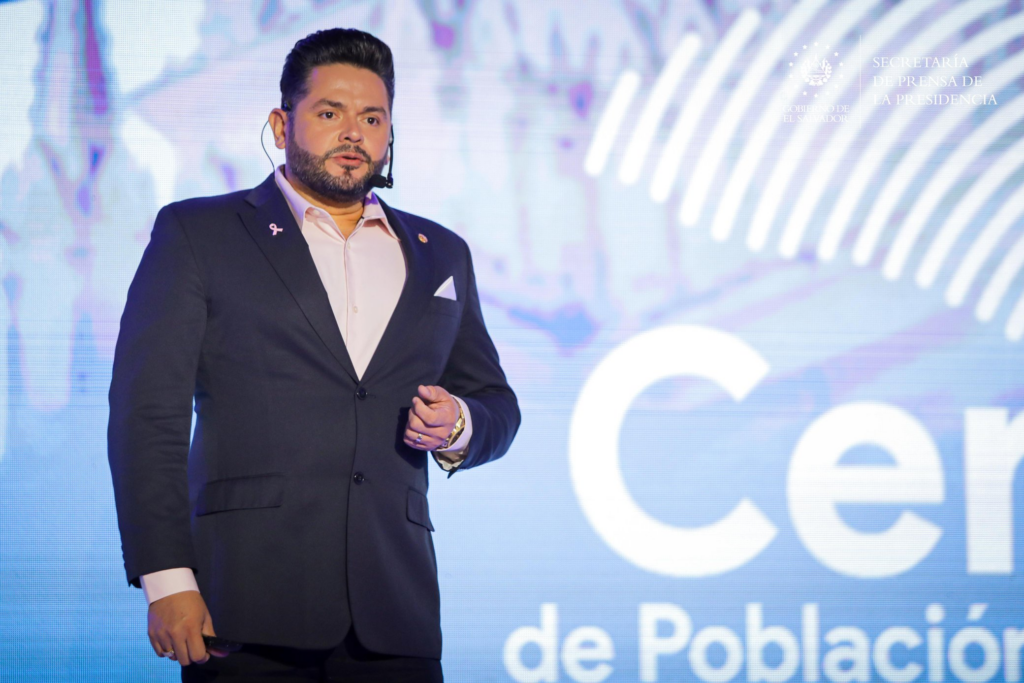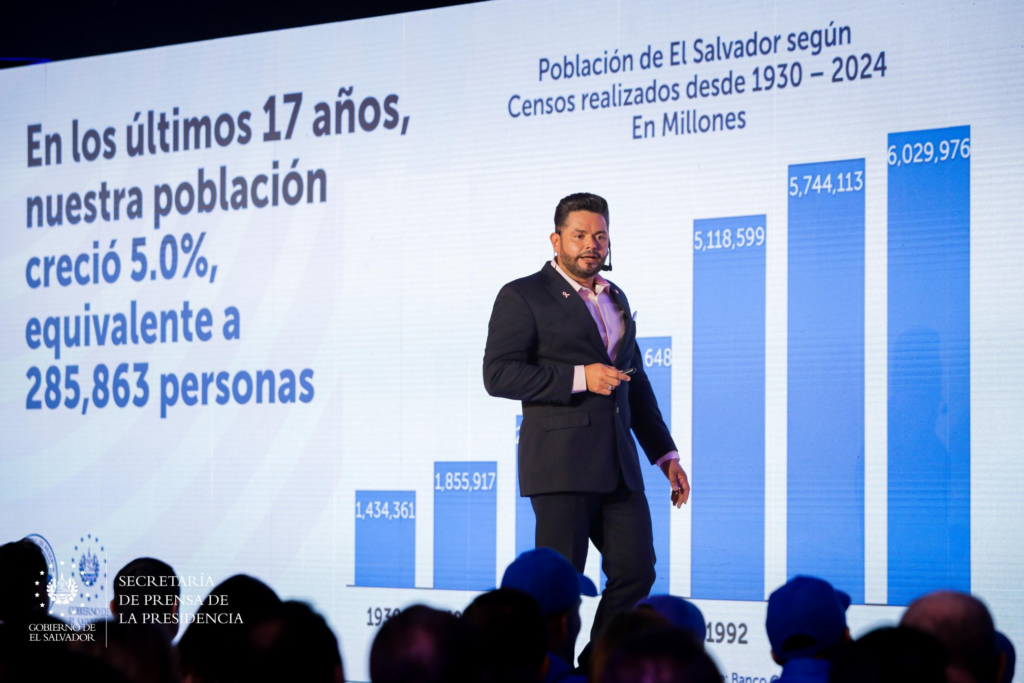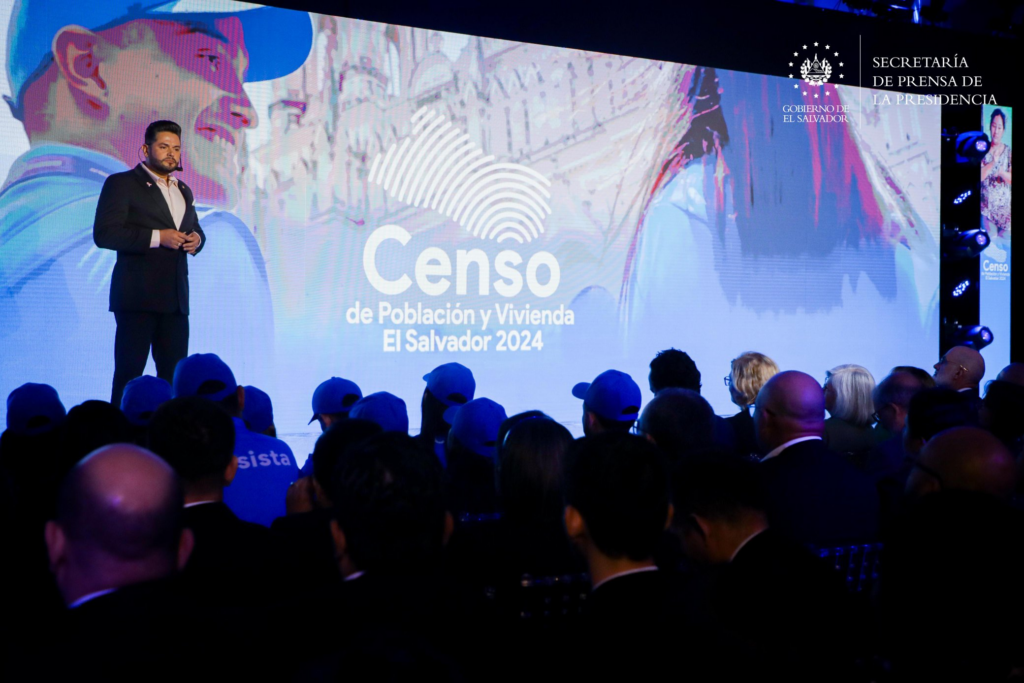
The Banco Central de Reserva (BCR) of El Salvador revealed the first results of the VII Population Census and VI Housing Census, after 17 years of waiting. The country now has an updated registry that reflects an increase of 285,863 inhabitants compared to the 2007 census, which represents a 5% growth in the population.
For the first time in history, all information was collected completely digitally, using smartphones and tablets. This places El Salvador among the pioneering countries in 100% digital censuses, marking a milestone in the modernization of this type of process.

Douglas Rodríguez, President of the Banco Central, explained that the census covered 100% of the national territory, with the departments of San Salvador and La Libertad concentrating 50.1% of collective housing. He also highlighted that independent houses represent 95% of the total occupied housing.
According to the data, El Salvador currently has 1,841,206 occupied homes, a significant increase of 468,353 compared to 2007. Of these, 58.4% are exclusively used for housing, reflecting a growth in the country’s housing infrastructure.

The total population is 6,029,976 people, of which 47.2% are men and 52.8% women. The departments with the highest population concentration are San Salvador, La Libertad and Santa Ana, while Morazán, San Vicente and Cabañas are the least populated.
The census also revealed that there are a total of 1,920,668 households in the country, a growth of 36.6% since 2007. In addition, 45% of these households are headed by women, highlighting a change in the traditional family structure.

Regarding household goods, 93.4% of families own cell phones, while 82.2% have a refrigerator and 79.7% have a television. There was also a significant increase in access to computers and laptops, reaching 39.4%, compared to 11.2% in 2007.
This census represents a crucial tool for planning and developing public policies that promote economic growth and social well-being in El Salvador.

Regarding the number of dwellings, there are 2,270,170 dwellings nationwide, higher than the total registered in the 2007 Census of 1,668,511. The rate of occupied dwellings was 81.1%, slightly below the 83% registered in the 2007 census, while unoccupied dwellings represented 18.9% compared to the 17% reported in 2007.
More than 14,000 people participated in the VII Population Census and VI Housing Census of El Salvador, from field personnel hired through a loan from the Inter-American Development Bank (IDB) to personnel from the Banco Central itself. The census takers traveled throughout El Salvador in a safe environment.






